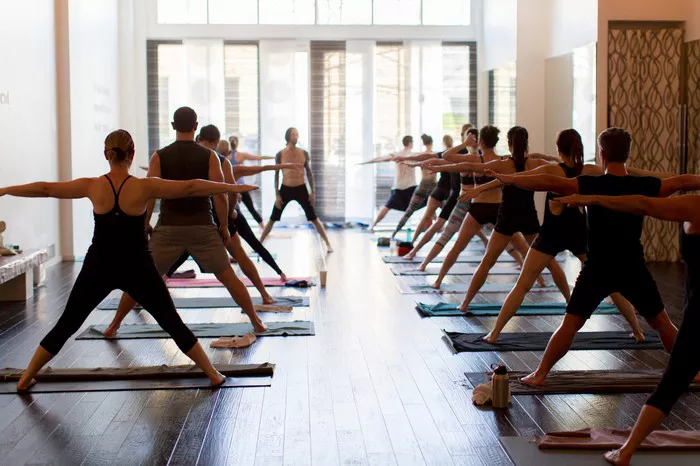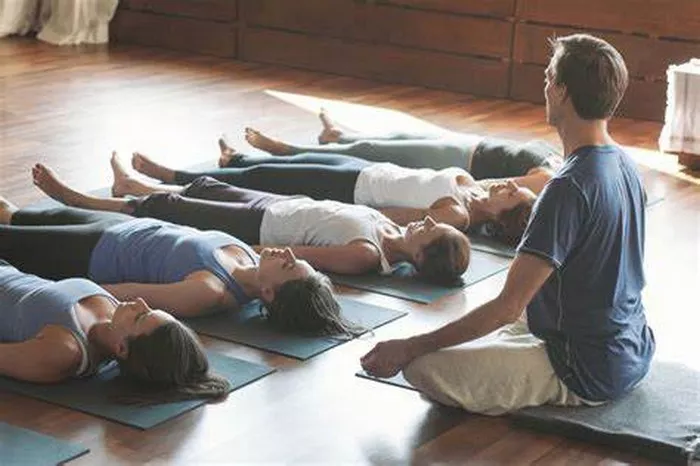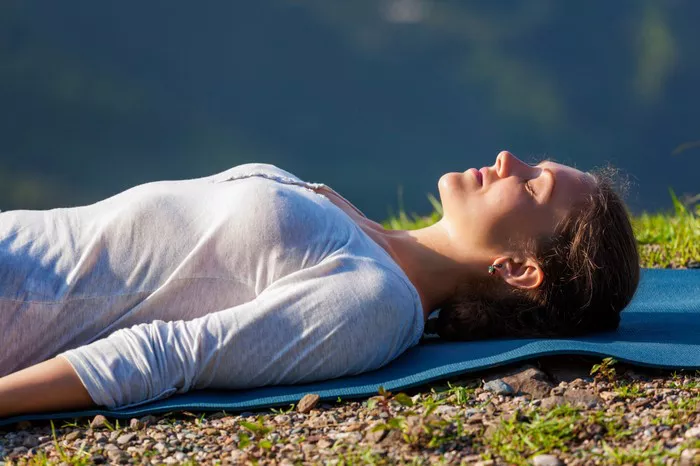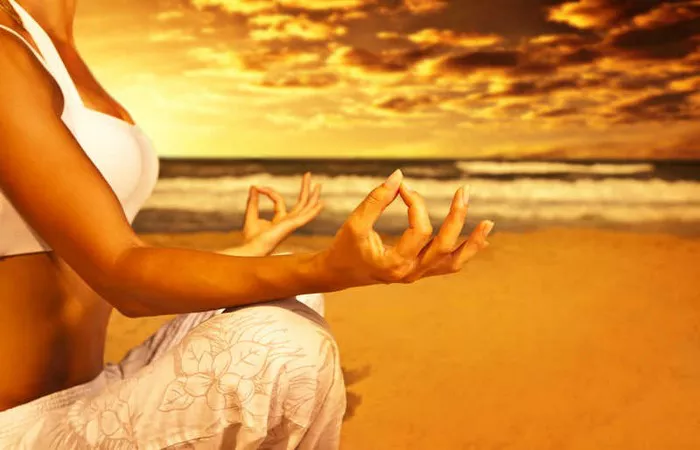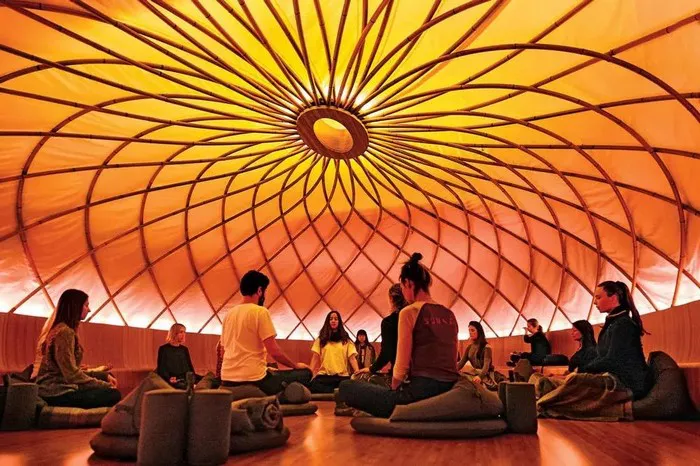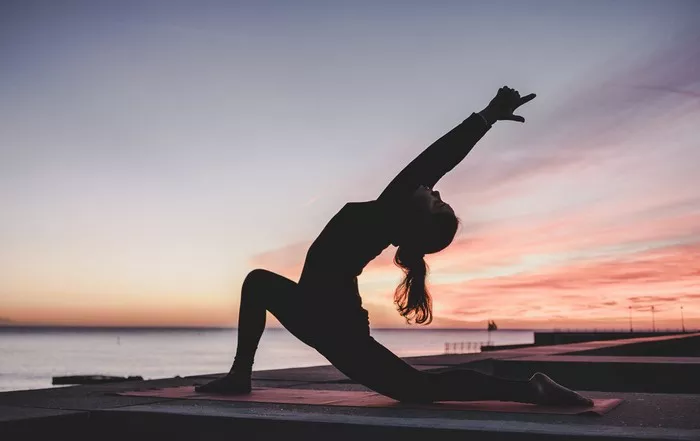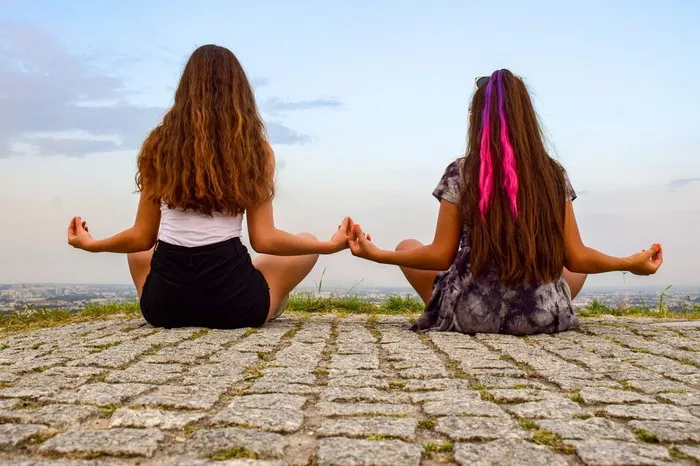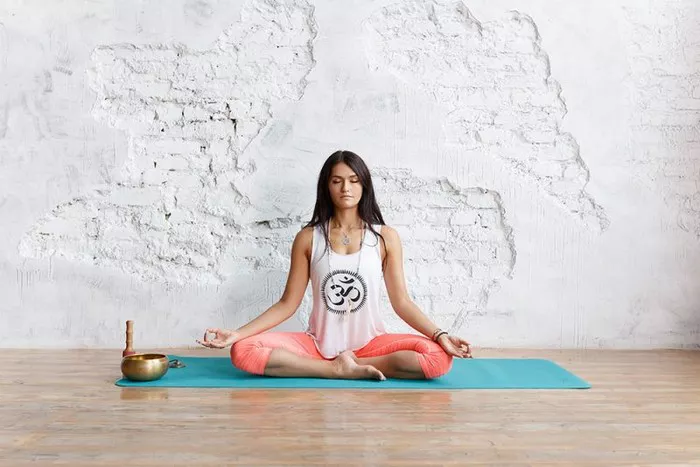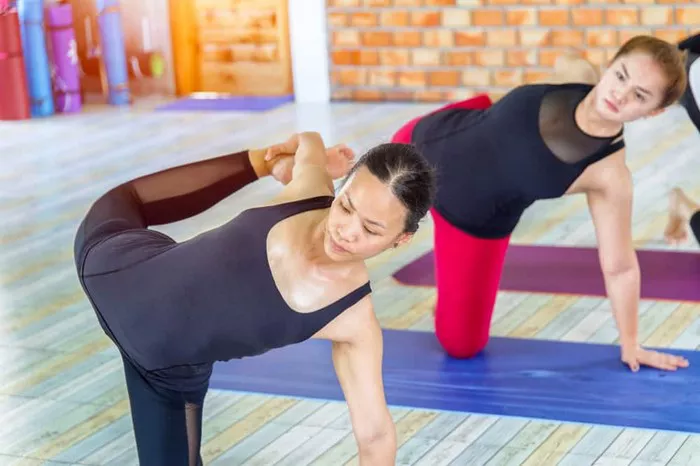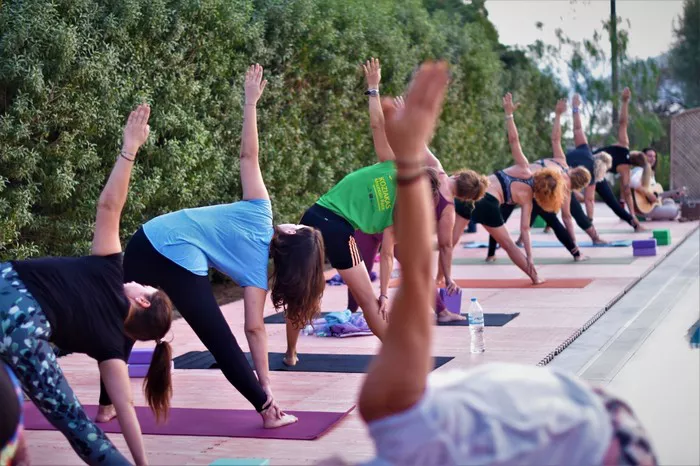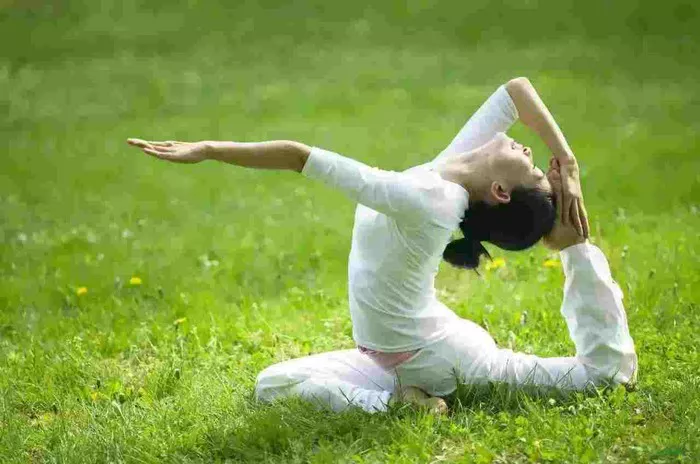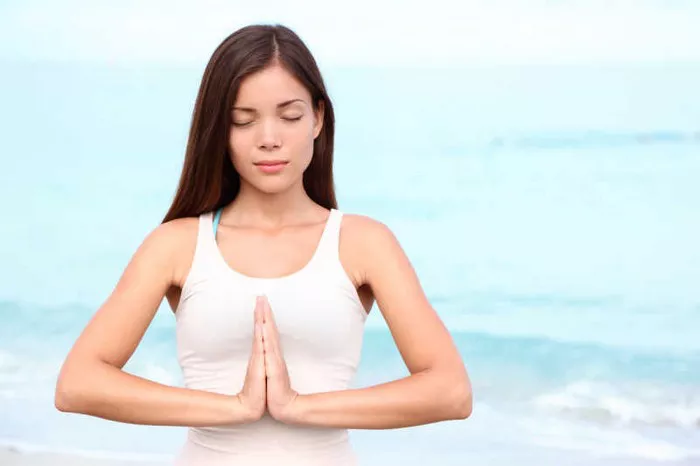Iyengar Yoga emphasizes precision and alignment in poses. This style of yoga is perfect for beginners and experienced practitioners alike. Restorative asanas focus on relaxation and recovery. They allow practitioners to unwind and restore their energy. These poses are supported by props such as blankets, blocks, and straps. This support helps maintain the postures for longer periods without strain. Each asana encourages deep relaxation. This leads to a calmer mind and a more balanced body. Iyengar Yoga helps to release tension in both the body and mind. It promotes flexibility and strength while reducing stress. The use of props makes restorative poses accessible to everyone.
Restorative asanas in Iyengar Yoga are particularly beneficial for people recovering from injuries. They help to soothe the nervous system and improve overall well-being. Practicing these poses can enhance circulation and boost immunity. Regular practice helps practitioners connect with their breath. This connection deepens relaxation and enhances mindfulness. Each pose serves a specific purpose, addressing different areas of the body. For example, Supta Baddha Konasana opens the hips and promotes emotional release. Viparita Karani encourages blood flow to the upper body and relieves fatigue. These restorative asanas create a safe space for healing. They support the body’s natural ability to heal itself.
The Importance of Props in Restorative Asanas
Props are essential in Iyengar Yoga. They provide support and stability. This makes restorative poses more comfortable and effective. When using props, practitioners can focus on their breath. They can let go of tension in the body. For example, when practicing supported child’s pose, a bolster can be placed under the chest. This allows for a deeper release of tension in the back. Blocks can also help bring the floor closer, ensuring that poses are accessible. The right props can transform a challenging pose into a restorative one. By using props wisely, practitioners can find greater ease in their practice.
The use of props also encourages correct alignment. This is crucial in Iyengar Yoga. Proper alignment helps prevent injuries and promotes healing. With the right support, practitioners can hold poses for longer. This extended duration allows the body to relax fully. It also aids in deepening the experience of each pose. For example, using a strap in Paschimottanasana can help extend the reach toward the feet. This allows the spine to lengthen without forcing it. Consequently, the practice becomes a gentle exploration of the body. Practitioners learn to listen to their bodies and respond with compassion.
Key Restorative Asanas in Iyengar Yoga
Several restorative asanas are commonly practiced in Iyengar Yoga. These poses are designed to promote relaxation and healing. Each pose serves a unique purpose and offers different benefits. Supta Baddha Konasana, or Supported Bound Angle Pose, is an excellent starting point. In this pose, practitioners lie back on a bolster with the soles of the feet together. This position opens the hips and calms the mind. The gentle stretch in the groin area can help release emotional tension.
Another beneficial pose is Viparita Karani, or Legs-Up-the-Wall Pose. This pose is simple yet effective. Practitioners lie on their backs with their legs elevated against a wall. This inversion encourages blood circulation and relieves fatigue. It can also help reduce anxiety and improve sleep quality. The gentle pressure on the lower back provides a soothing sensation. Practicing these restorative poses allows the body to experience deep relaxation.
Breath and Mindfulness in Restorative Practice
Breath awareness is a crucial aspect of restorative yoga. Focusing on the breath enhances the benefits of each pose. Practitioners are encouraged to breathe deeply and slowly. This practice calms the nervous system. It also allows the body to release tension more effectively. The breath becomes a tool for exploring sensations in the body. By paying attention to the breath, practitioners can remain present. This mindfulness fosters a deeper connection to the body and mind.
In restorative practice, the goal is to cultivate a sense of peace. This is achieved through gentle movements and deep relaxation. Practitioners are encouraged to let go of expectations. They should allow the body to settle into each pose. This can lead to a more profound experience of stillness. In this stillness, the body can heal. Practicing restorative asanas regularly can create lasting changes. It can improve overall health and well-being.
The Role of the Mind in Restorative Yoga
The mind plays a significant role in restorative yoga. Our thoughts can create tension in the body. By practicing mindfulness, we can learn to observe these thoughts without judgment. This awareness helps to reduce anxiety and stress. As practitioners settle into restorative poses, they may notice thoughts arise. Acknowledging these thoughts and returning to the breath can be empowering. This practice encourages a sense of acceptance and compassion for oneself.
Restorative yoga provides a space for self-reflection. Practitioners can explore their feelings and emotions. This exploration can lead to greater self-awareness and personal growth. Over time, this practice can help individuals connect with their inner selves. It fosters a sense of calm that can be carried off the mat. By cultivating a peaceful mind, practitioners can navigate life’s challenges more gracefully.
Integrating Restorative Asanas into Daily Life
Incorporating restorative asanas into daily life can be beneficial. Even short practices can have a significant impact on well-being. Practitioners can set aside a few minutes each day for restorative poses. Creating a calming environment is essential. A quiet space with soft lighting can enhance relaxation. Using props like bolsters and blankets can make the practice more comfortable.
Additionally, practitioners can explore restorative poses that fit their needs. If feeling stressed, poses like Supported Child’s Pose can be helpful. For fatigue, Legs-Up-the-Wall Pose may provide rejuvenation. Even a few minutes in a restorative pose can help reset the mind and body. Practicing regularly encourages consistency. Over time, this can lead to lasting benefits.
Benefits for Specific Populations
Iyengar Yoga restorative asanas are suitable for various populations. They are particularly beneficial for those recovering from injuries or managing chronic pain. These poses can provide gentle relief without placing stress on the body. Individuals with limited mobility can also benefit. The use of props ensures accessibility for all practitioners.
Additionally, restorative yoga is helpful for stress management. In today’s fast-paced world, many individuals experience high levels of stress. Practicing restorative asanas encourages relaxation. It helps to lower cortisol levels, promoting a sense of calm. This practice can be especially beneficial for caregivers and healthcare professionals. Taking time to recharge is essential for maintaining health.
See also: Finding Relief: Yoga Poses for Trapped Gas
Creating a Restorative Yoga Routine
Developing a restorative yoga routine can enhance the experience. A simple sequence can include several key poses. Starting with Supta Baddha Konasana allows for an initial opening. Following this with Viparita Karani encourages relaxation. Practitioners can then move into Supported Fish Pose for heart-opening. Each pose can be held for several minutes.
Incorporating breath awareness into the routine is also important. Practitioners should focus on deep, rhythmic breathing throughout the practice. This will enhance relaxation and promote mindfulness. Ending the routine with Savasana is essential. This final pose allows for complete surrender and integration of the practice. A well-structured routine can enhance the benefits of restorative yoga.
Conclusion
In conclusion, Iyengar Yoga restorative asanas offer numerous benefits. They promote relaxation, healing, and self-awareness. The use of props enhances the practice, making it accessible to all. By focusing on breath and mindfulness, practitioners can experience profound transformations. Incorporating these poses into daily life can lead to lasting positive changes. Whether recovering from injury or seeking stress relief, restorative asanas provide a valuable tool for well-being. Practicing regularly fosters a deeper connection to the self. This practice nurtures not only the body but also the mind and spirit.
You Might Be Interested In

